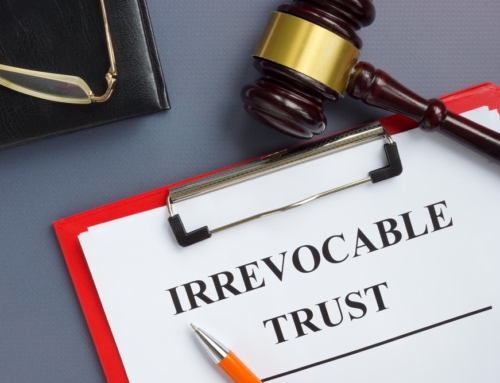Year after year, we work with the same old business tax forms, with just the date changed on the top of the form. The IRS doesn’t generally change forms much because each time they do, confusion results when people start filing taxes.
However, in 2012, two forms have in fact been changed. What follows is an explanation of the changes and how they will affect small business owners—and certain employees.
Schedule C – Profit or Loss from Business
This year, Boxes I and J were added to Schedule C, asking if you have filed 1099 forms this year.
In addition, Line 1 has now been broken up into four lines instead of two. The new Line 1a asks for the income reported on Form 1099-K from your merchant credit card or PayPal accounts. Folks who have generated income on eBay, virtually, or from swap meets sometimes manage to elude the tax collector. This change to Line 1 cuts off another avenue of tax evasion.
The new Line 1c is to your benefit if the Statutory Employee box is checked on your W-2. This indicates a special employment status for people who do route sales, piecework at home, full-time life-insurance sales, or certain outside sales. These people generally get paid on commissions or for completing bundles of work as if they were in business for themselves. They get paid on a W-2, with Social Security and Medicare withheld.
The special part of this change is that statutory employees report their wages and deduct business expenses on Schedule C instead of itemizing them. This was somewhat confusing for the IRS, since the Schedule C profits normally generate a Schedule SE to charge business owners for self-employment (SE) taxes. The profits of statutory employees are not subject to SE taxes because those taxes were already paid from their wages. This new line helps the IRS computer avoid double taxing statutory employees.
Form 8919 – Uncollected Social Security and Medicare Tax on Wages
Form 8919 was created to help employees who received 1099-MISC forms when they should have received W-2s. Essentially, it forces the person to fill out a complex questionnaire (Form SS-8) to prove that he or she really is an employee.
Line H on this form is for the convenience of employees who get both a W-2 and Form 1099-MISC from the same employer. Employers are meant to include bonuses and commissions as part of wages, but some don’t. This causes the employee to pay the employer’s share of Social Security and Medicare taxes (7.65 percent) on those earnings. On $10,000, that’s an extra $765 out of the employee’s pocket.
Using Line H allows employees to avoid paying those extra taxes without having to include the SS-8 questionnaire. Of course, it does alert the IRS to this erroneous practice. The employer is apt to get a notice from the IRS charging it for the additional taxes—and perhaps a friendly visit from an IRS auditor.
Not all employees should use Form 8919 when getting both a W-2 and a 1099-MISC from an employer. For folks working as both an employee and selling other products or services to an employer, getting both forms is totally legitimate. For instance, imagine that you are a secretary, but you also write music that your company buys from you for its advertising campaigns. Your music writing is a separate business. Your employer can issue a 1099-MISC to you for your music.
The IRS is working hard to close that $450 billion tax gap by setting more traps. Be aware of the examples above, as they are two new traps for you.
Eva Rosenberg, EA is the publisher of TaxMama.com , where your tax questions are answered. Eva is the author of several books and ebooks, including the new edition of Small Business Taxes Made Easy. Eva teaches a tax pro course at IRSExams.com and tax courses you might enjoy at http://www.cpelink.com/teamtaxmama.





